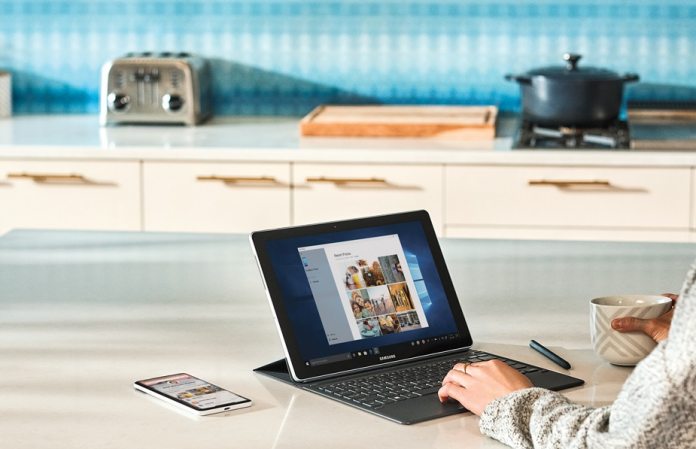In a blog post to announce the full launch, Microsoft says Windows Virtual Desktop is available across platforms. That means users on desktop (Windows, Mac) and mobile (iOS and Android) can use the tool. There is also a web version of the service available in browsers. Windows Virtual Desktop (WVD) allows users to create a virtualization of Windows 7, Windows 10, Office 365 ProPlus apps and third-party apps. With WVD, customers receive remote desktop sessions by running virtualizations in Azure virtual machines. “To help increase productivity, we invested heavily in the Office experience in a virtualized environment with native improvements, as well as through the acquisition of FSLogix. In July, we made the FSLogix technology available to Microsoft 365, Windows 10 Enterprise, and RDS customers. Today, all FSLogix tools are fully integrated into Windows Virtual Desktop. Enabling you to have the smoothest, most performant Office virtualization experience available today,” Microsoft says.
Features
Among the core features of Windows Virtual Desktop is the ability to run multiple sessions of Windows 10. Users can also use Windows Server Remote Desktop Services (RDS) through the virtualized platform. Windows 7 users are likely to be enticed by the virtual desktop if they plan on continuing to use Win7 beyond this year. Windows 7 users running can get free extended security updates (ESUs) over three years to compensate for Microsoft ending Win7 support in January 2020. “General availability of Windows Virtual Desktop is just the beginning. We’ll continue to rapidly innovate and invest in desktop and app virtualization,” Microsoft added. Users who want to test WVD, Insiders will need to have an Azure subscription and Microsoft 365 F1, E3, or E5, Windows 10 Enterprise E3 or E5, and Windows VDA for Windows 7 or Windows 10.




